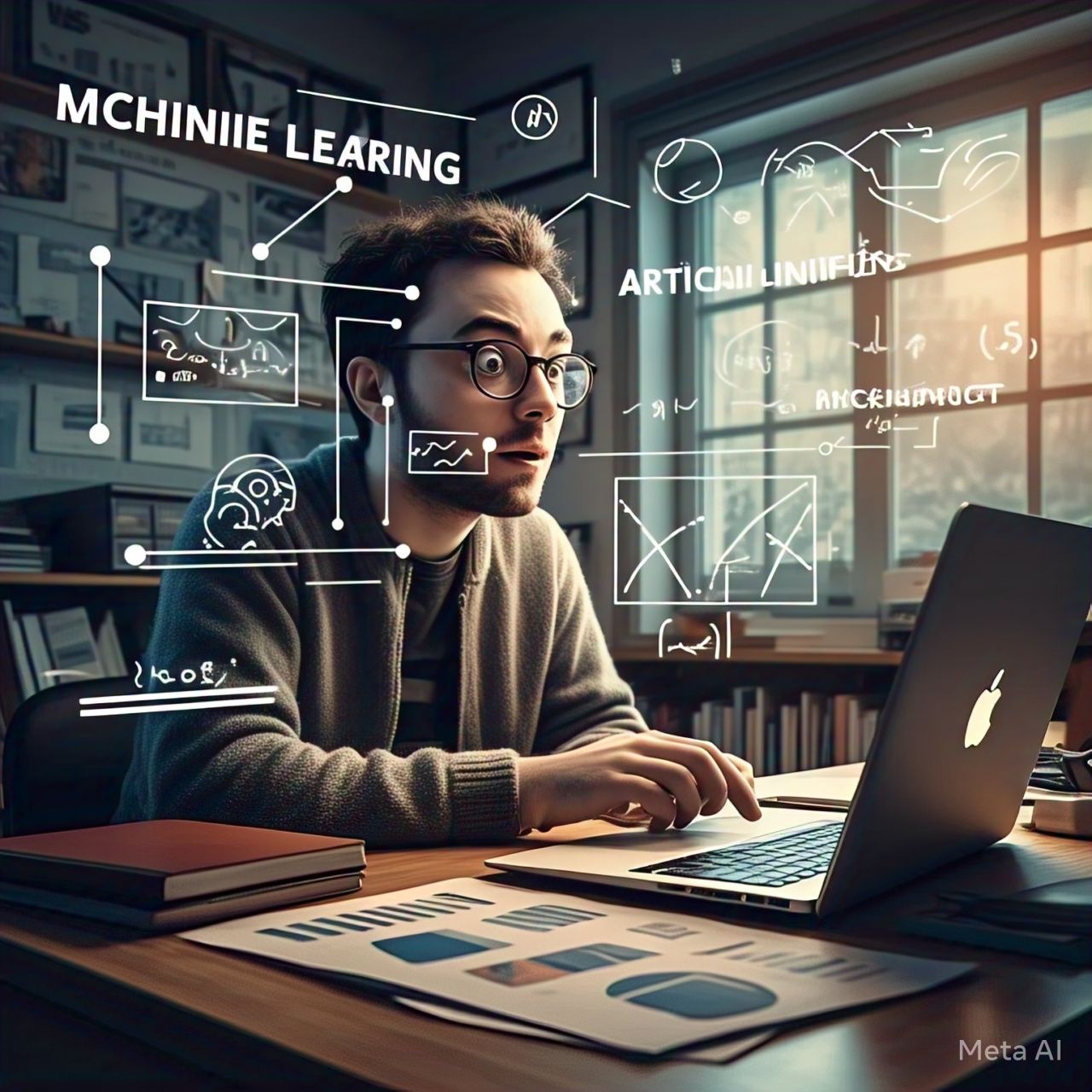Table of Contents
- Introduction
- Understanding AI in Smart Homes
- What is a Smart Home?
- The Role of AI in Home Automation
- Key Features of AI-Powered Smart Homes
- Voice Assistants and AI Integration
- Smart Security Systems
- Energy Efficiency and Automation
- Personalized Home Experience
- Benefits of AI-Powered Smart Homes
- Challenges and Limitations
- Privacy and Security Concerns
- Initial Costs and Implementation
- Dependence on Internet and Connectivity
- The Future of AI in Smart Homes
- Conclusion
- FAQs
1. Introduction
The rise of Artificial Intelligence (AI) has transformed various industries, and home automation is no exception. AI-powered smart homes are revolutionizing the way we interact with our living spaces, offering convenience, security, and energy efficiency. As AI technology advances, smart homes are becoming more intuitive, learning user preferences, and optimizing household operations.
2. Understanding AI in Smart Homes
What is a Smart Home?
A smart home uses connected devices and automation systems to control lighting, security, entertainment, and appliances. These devices are often managed through smartphones, voice commands, or AI-powered systems.
The Role of AI in Home Automation
AI enhances smart home functionality by enabling:
- Machine Learning Algorithms: Devices learn from user behavior to optimize settings.
- Voice Recognition: AI assistants like Alexa and Google Assistant provide hands-free control.
- Predictive Analytics: AI anticipates user needs, such as adjusting thermostat settings based on past preferences.
3. Key Features of AI-Powered Smart Homes
| Feature | Description |
|---|---|
| Voice Assistants | AI-powered assistants allow voice-controlled operations. |
| Smart Security Systems | AI-enabled cameras and facial recognition improve home security. |
| Energy Efficiency | AI optimizes energy consumption, reducing costs. |
| Personalized Experience | AI learns preferences for lighting, music, and temperature control. |
Voice Assistants and AI Integration
Devices like Amazon Alexa, Google Assistant, and Apple’s Siri provide seamless voice control, enabling users to manage multiple smart devices effortlessly.
Smart Security Systems
AI-powered security cameras, motion sensors, and facial recognition enhance home safety by detecting unusual activities and alerting homeowners in real time.
Energy Efficiency and Automation
Smart thermostats like Nest and Ecobee use AI to analyze usage patterns and adjust settings for optimal energy savings.
Personalized Home Experience
AI customizes home settings, adjusting lighting, temperature, and even suggesting entertainment options based on user preferences.
4. Benefits of AI-Powered Smart Homes
- Convenience: Automates routine tasks, saving time and effort.
- Enhanced Security: AI-driven surveillance and access control improve safety.
- Energy Savings: Optimized energy consumption reduces bills.
- Accessibility: AI-powered devices assist individuals with disabilities, improving quality of life.
5. Challenges and Limitations
Privacy and Security Concerns
Smart home devices collect vast amounts of data, raising privacy issues and the risk of cyberattacks.
Initial Costs and Implementation
The upfront investment for AI-powered home automation can be high, though long-term savings may offset costs.
Dependence on Internet and Connectivity
AI-powered devices require a stable internet connection, making them vulnerable to outages or network issues.
6. The Future of AI in Smart Homes
The future of AI-powered smart homes includes:
- Greater Interconnectivity: More seamless integration between devices.
- Improved AI Learning: Smarter AI systems that adapt to user behavior with greater accuracy.
- Sustainable Living: AI-driven solutions for reducing carbon footprints and optimizing resource consumption.
7. Conclusion
AI-powered smart homes are revolutionizing modern living by enhancing convenience, security, and energy efficiency. While challenges exist, advancements in AI technology promise a future where homes become more intuitive and sustainable.
8. FAQs
1. How does AI improve home security?
AI-powered security systems use facial recognition, motion detection, and predictive analytics to enhance home safety.
2. Are AI-powered smart homes expensive?
Initial costs can be high, but long-term savings in energy and security improvements can offset expenses.
3. Can AI smart homes work without the internet?
Most AI-powered smart home devices rely on the internet, but some have offline functionalities for basic operations.
4. What are the risks of AI in smart homes?
Privacy concerns, cybersecurity risks, and dependence on technology are the primary challenges.
5. What’s next for AI in smart homes?
Future advancements will focus on deeper personalization, sustainability, and enhanced interconnectivity among devices.




